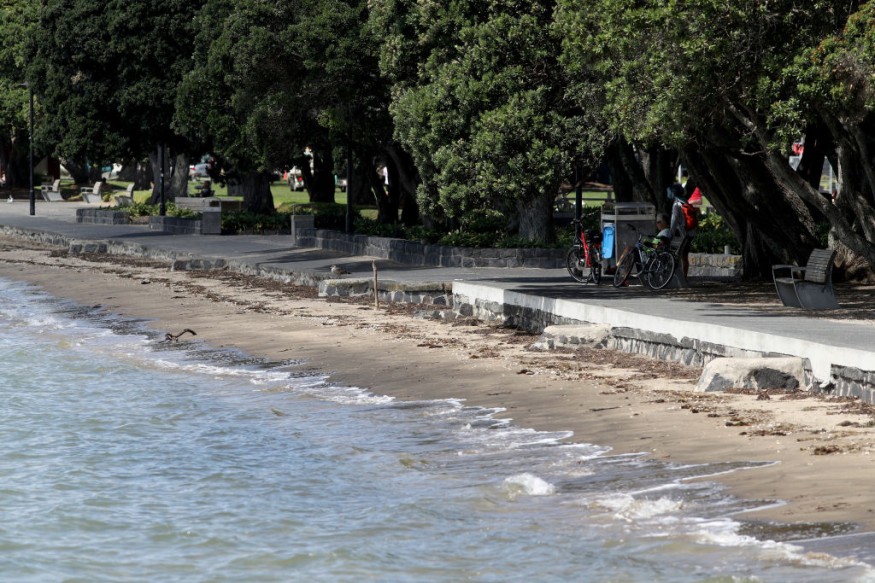The National Emergency Management Authority or NEMA announced that a magnitude-8 earthquake hit New Zealand's northern coast early Friday and it triggered tsunami warnings.
This strong earthquake, as seen on Global News' YouTube video below, prompted authorities to advise residents living close to the epicenter to immediately evacuate to higher ground.
Deutsche Welle reported that the powerful tremor that occurred a few minutes before 9am off the Kermadec Islands, 621 miles northeast of New Zealand, followed two earlier earthquakes with 7.4- and 7.2-magnitudes, respectively.
NEMA said that those living in the Northland, the East Cape, and on Great Barrier Island, and anyone residing close to the coast from Bay of Islands to Whangarei, from Matata to Tolaga Bay need to vacate immediately and move to higher ground.
The authority added that they expected strong and rare currents and unpredictable surges at the shore that can injure and drown people.
In a statement, NEMA said that there is a danger to fishers, swimmers, surfers, small boats, and any individual in or close to the water near the shore.
ALSO READ : California Earthquake Drought May Be Dangerous

How Do People Evacuate a Tsunami?
According to pacificcountysheriff.com, if you feel the ground shake, evacuate immediately to high ground or inland. A wave as high as 20 feet could reach, for instance, North Cove-Tokeland area, within half-an-hour of the quake.
The initial wave is frequently not the largest. Succeeding or following waves may be spaced with several minutes of interval and continue to take place for a number of hours. One should go back only after receiving confirmation from the officials that it's already safe to do so.
If you're in an isolated area, you may not be able to receive official warnings about distant tsunamis. Therefore, if you observe an immediate drop or rise in sea level, evacuate to inland or high ground immediately.
What Things Should Be Brought to a Tsunami Evacuation?
In an emergency evacuation, whatever disaster it is, time and space are limited. A Forbes article said there is a need to focus on the essentials and be prepared for the possibility of not being able to go back home.
When evacuating in preparation for the expected tsunami, here are three of the most important things to bring, according to Forbes:
1. IDs, Keys and Cash
Cash, credit card, driver's license and passport are easy to forget even if they are considered an everyday item. Aside from these, it is important to bring all the important keys to your home and vehicles, as well.
Don't forget your proof of address, too, as you are likely to provide it in order to re-enter a restricted area following the occurrence of a disaster.
2. Medicine
Concentrate on the most essential things first, beginning with any prescription drugs. Other than other products such as glasses, inhalers and contacts with cases and solutions, over-the-counter medicines for pain, sinus and stomachs, as well as baby products like diapers, wipes and formula milk, should be included in your things to bring.
Don't forget to include hygiene products like toothbrush, band aids and feminine items.
3. Clothes and Other Home Essentials
It may be tempting to pack excessively that is why it is important to be sensible about what you need. Guarantee to include sturdy and comfortable footwear, long sweat or work pants, long-sleeved tops and extra pairs of socks and underwear.
More so, it is important to consider the temperature where you're evacuating, and pack appropriately. In addition, consider including sleeping bag, pillow, tent, blanket, batteries, flashlight, lighter, plastic bags and AM/FM Radio, among others.
RELATED ARTICLE : Strong 7.1 Earthquake Rocks Northeast Japan Including Fukushima
Check out more news and information on Natural Disasters on Science Times.











